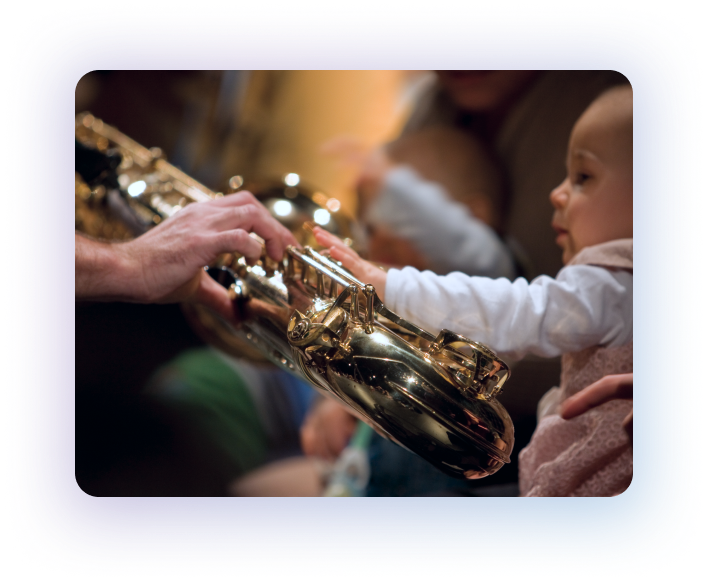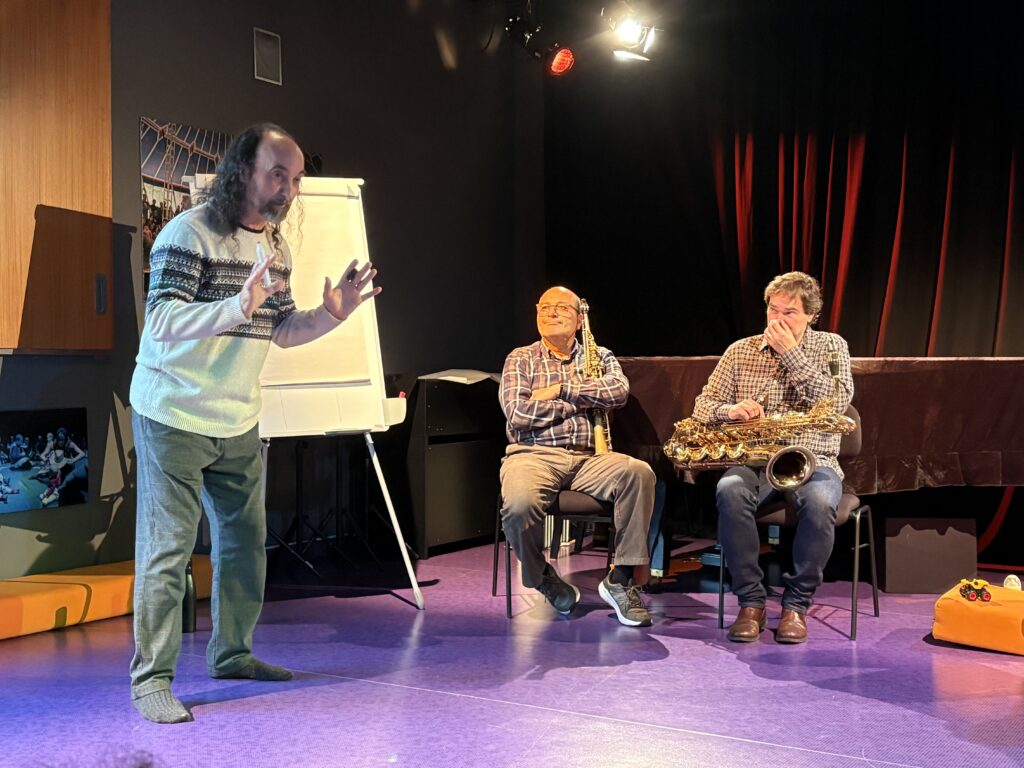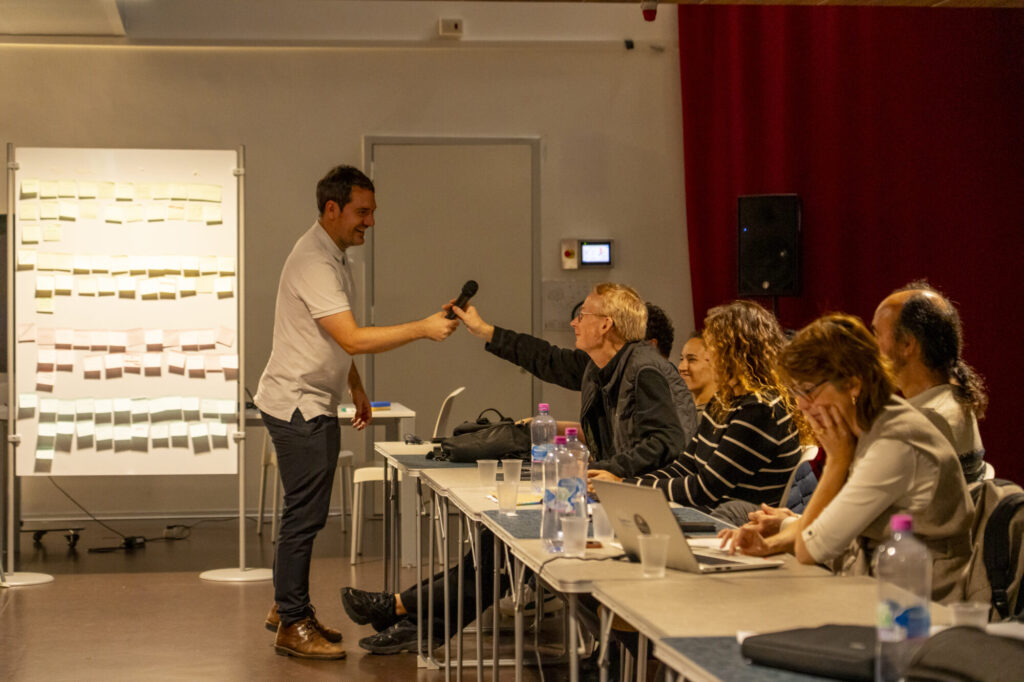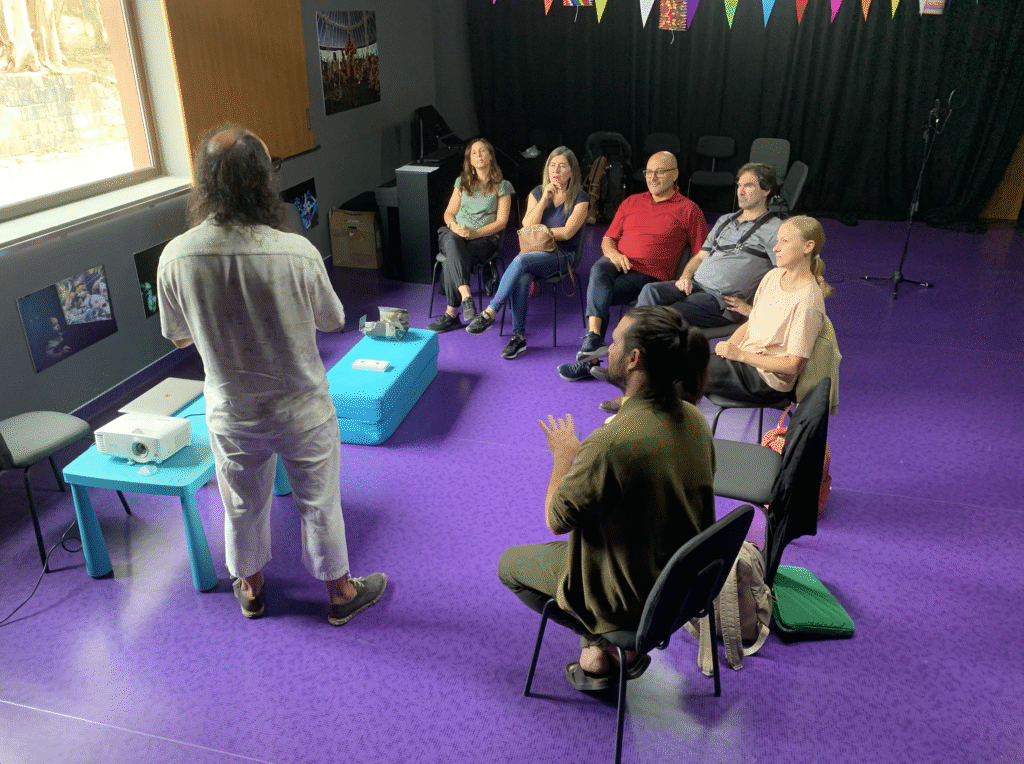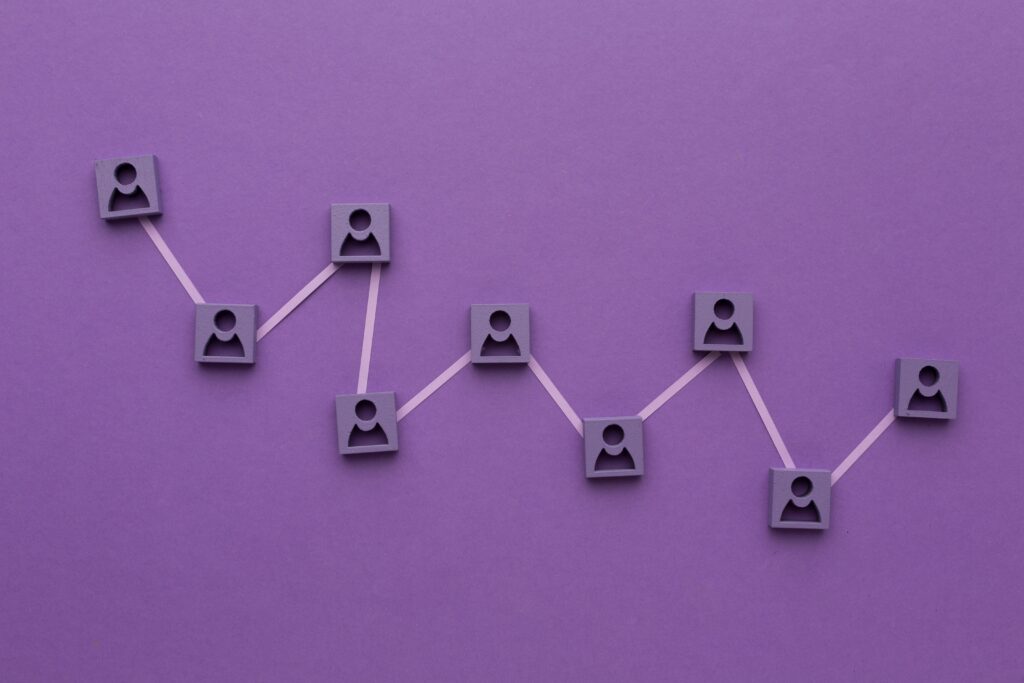Can technology turn babies into composers?
by Paulo Lameiro & Lara Matos from Cooperativa Paulo Lameiro CRL and MUSICALMENTE leading AMPLIFY pilot Music with babies
30 March 2025
What is your role in the AMPLIFY project and what are you most excited about?
– As Artistic Director of the MUSICALMENTE Company, which organises Concerts for Babies, I am responsible for all initiatives involving families with babies and musical practices. Lara Matos, who joins the Cooperative with me, is responsible for managing all relationships and data collection between partners and trial activities with babies.
My enthusiasm grows with each new AMPLIFY step due to the possibility of giving babies more of a voice in the concerts dedicated to them. I must confess that we are also very excited about the opportunity to break new ground in musical practices with a consortium that is so rich from an artistic, technological, and academic perspective.
The idea of working as a team with such interesting partners and people truly increases our Cooperative’s pleasure and enthusiasm in being part of AMPLIFY.
How will AMPLIFY PORTABLE help give babies a musical “voice” during concerts?
– The idea is as simple as it is extraordinary. First, babies will listen to music by great composers such as Mozart or Bach. Then, AMPLIFY PORTABLE, a hardware and software package, will capture and record the babies’ reactions to the music they’ve just heard, transform those reactions into a graphic score, and provide that score to the musicians in real time.
At that moment, the musicians will play the score that the babies have offered them through their emotions. In other words, the baby arrives at the concert to listen to music and, with the help of AMPLIFY PORTABLE, becomes the composer of the works performed in that concert.
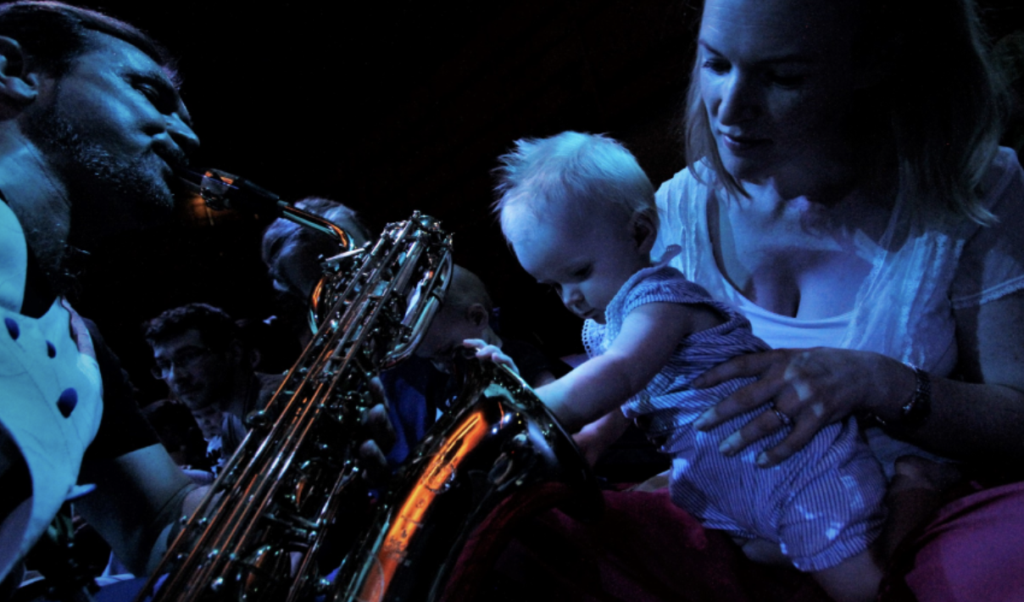
Why do you think it’s important to capture and interpret babies’ reactions to music in real time?
– What is truly important is giving babies more prominence. It is about helping adults—whether parents, grandparents, or professional artists—to develop attitudes of greater contemplation, listening, and respect towards the smallest human beings, and through them, to cultivate more contemplation, listening, and respect for all human and non-human beings.
Babies are the best mediators for creating bridges of respect and love towards others. Art, including music, is the best mediator for fostering encounters within the already vast and growing human diversity. The ability to capture and perform babies’ reactions to music in real time is to witness a double miracle of creation: both human and artistic.
How do you see this project influencing the future of musical experiences in early childhood?We are still far from knowing how far we can go with AMPLIFY BEBÉS. However, for the musicians and artistic teams I regularly work with, there will certainly be a need to create new performance contexts where babies must be taken more into account.
It is even possible that this project will develop tools that could be extended, for example, to people in palliative care or those who, for some reason, are unable to express what they are feeling through words or other forms of communication.
What potential impact does this project have on the way music is experienced and shared with young children?
– Anyone who is or has ever been a parent or grandparent knows well the power of a baby to transform an entire life—from the smallest daily gestures to major decisions, such as buying a new house or car, or deciding to move to another city or country.
Each of a baby’s smallest learnings is a cause for celebration by everyone around them. Now imagine, as parents and professional artists, having a tool at your disposal that allows you to LISTEN and SEE what your baby is feeling.
What challenges do you foresee in implementing this technology and how do you plan to tackle them?
– Well, we are talking about an adventure with many layers—technological, social, and ethical. The first step, which is the very design of the project, is crucial and decisive, as it involves all partners, parents, professional artists, researchers, and also the babies, ensuring that we are all aligned with the objectives to be achieved and the boundaries we do not want to cross.
Then, perhaps the biggest technological challenge lies in selecting sensors that respond to what we need without compromising the well-being and rights of all participants. Being very clear about our objectives and fine-tuning them with all participants—from researchers to babies, their families, and professional artists—is what we believe is essential to overcoming the inevitable challenges that will arise.
